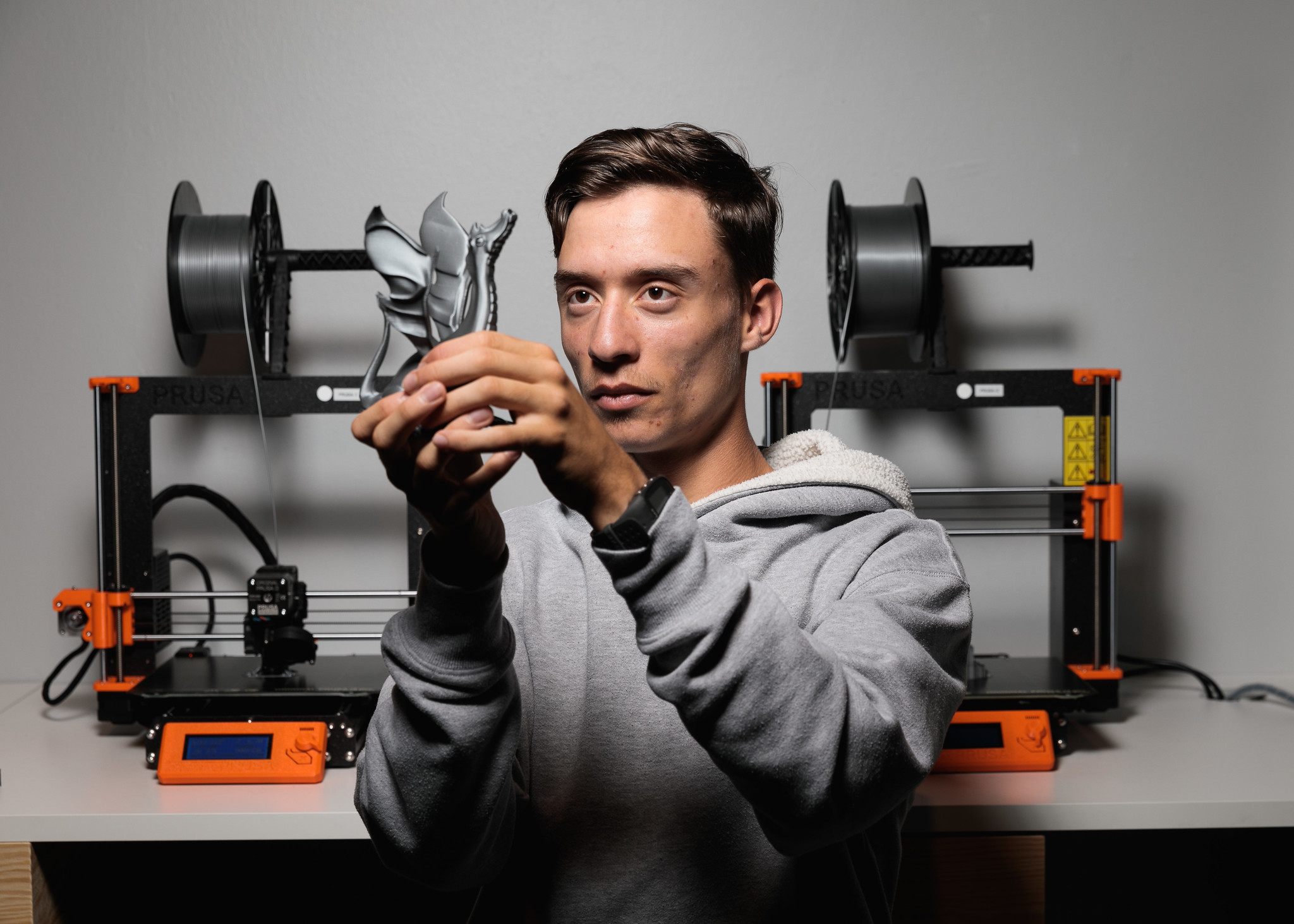The MaterialLab is a space for innovative experimentation with all kinds of materials. Who would have thought that an alternative to leather can be produced from pineapple leaves? Visitors can delve into the world of material research and experiment with different production methods.
What could the manufacturing of tomorrow look like? Against the backdrop of increasing resource scarcity and poor working conditions, sustainable and socially responsible production is an important issue. Instead of buying finished “out of the box” products, there will be more of a focus on technologies and developments that allow us to produce as much as possible ourselves. An interesting development in this area is open-source hardware, which provides free plans for constructing all sorts of electronic and mechanical parts.
Another important aspect of sustainable production is material research. What could the materials of the future look like? New ones used in manufacturing must fulfil a wide range of conditions and meet ecological standards depending on their area of application. Today we are conducting research on intelligent (synthetic) fabrics or dreaming of materials that know our needs and adapt to changing situations and circumstances. And of course, familiar materials can also be rediscovered through innovative approaches and processing methods.
In the MaterialLab, creative and enjoyable experimentation is the top priority. Visitors can explore new and innovative approaches for producing and using materials.
Exponate
-

ALG-A Algae Architecture
Ivan Marjanovic (AT), Milena Stavric (AT)
Alginate, in comparison to the already commercially used microalgae, has an yet undiscovered potential in architecture. It is the structure-giving element of brown algae and occurs in their cell walls.
-
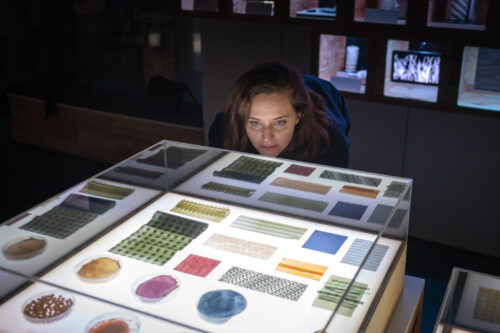
APeel – Biomaterial Innovation
APeel is an independently developed technique which aims to process biowaste into a soft yet robust leather-like material.
-
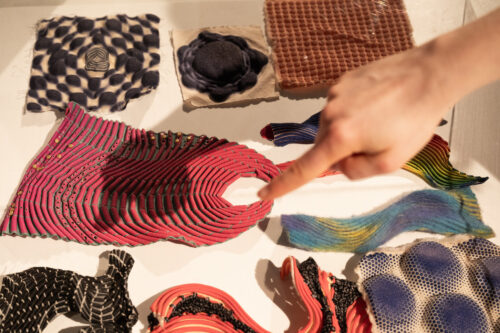
Biosmocking
Yuima Nakazato (JP)
Biosmocking is a textile modeling technique that can be used to create threedimensional textures. This technique uses digital fabrication to control the supercontraction properties of Brewed Protein textiles.
-
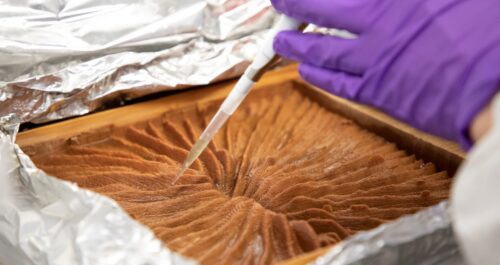
Design by Decay, Decay by Design
Andrea Ling
Design by Decay, Decay by Design is a series of artifacts that exhibit designed decay. They were done for the 2019 Ginkgo Bioworks Creative Residency on how to design a world without waste.
-
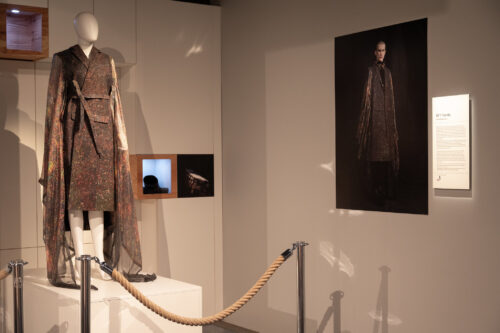
DFT Textile
Yuima Nakazato (JP)
Vast quantities of discarded clothing are piling up in Kenya – a shameful reminder of the social injustices of our time.
-

FASHION FRONTIER PROGRAM
Fashion Frontier Program (JP), Yuima Nakazato (JP)
The fashion industry must fundamentally change to meet future standards of sustainability and ethics. The goal is to overcome the negative impact on the environment and society.
-

Grow Whole Garments
Miriam Eichinger & Emanuel Gollob, Fashion & Robotics (AT)
Is it possible to develop processes that allow bacteria to grow into a spatial textile object?
-
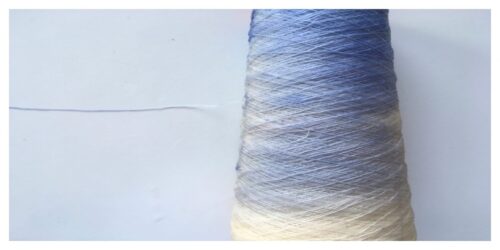
Growing Patterns. Living Pigments.
Textile bacteria dyeing with living organisms is an extremely sustainable and resource-saving dyeing method that does not require harmful chemicals.
-
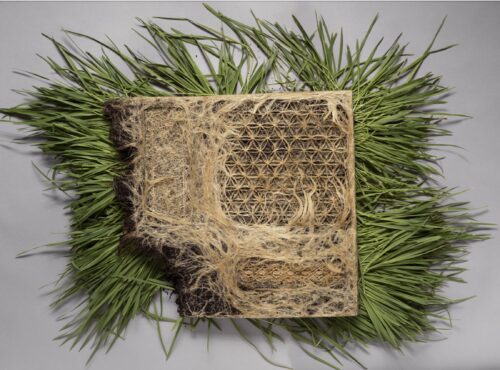
Interwoven
Plant roots as yarn that can be woven and braided: Using a biotechnology that controls the growth of roots with the help of templates as modules, Diana Scherer creates artistic works based on her own designs.
-

Liquid to Air / Rapid Liquid Printing
Christophe Guberan (CH)
Liquid to Air and Rapid Liquid Printing propose a new technology where objects are printed in three-dimensional space in a gel-like substance.
-
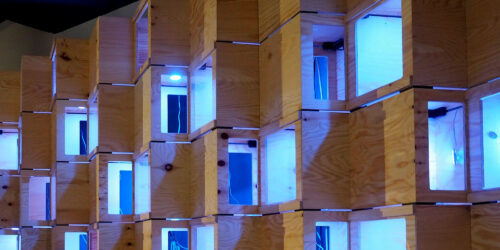
Material Showcase
In the Material Showcase of the MaterialLab, we present you a current range of future materials. Be inspired!
-
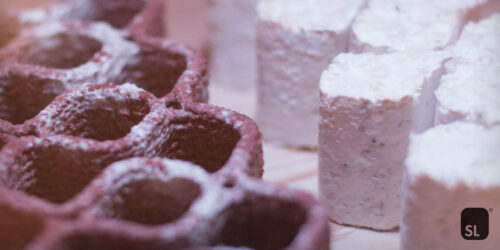
MyCera
Julian Jauk (AT), Hana Vašatko (AT), Lukas Gosch (AT)
In the project “MyCera” (Mycelium and Ceramics), a composite material made from clay, organic substrate and mycelium is developed. 3D printing allows complex and lightweight brick-like shapes that would not be possible with conventional extrusion processes.
-
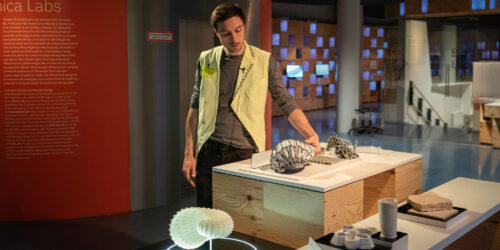
ORI*lab
Matthew Gardiner, Hideaki Ogawa, Rachel Hanlon, Erwin Reitböck, Roland Aigner. Ars Electronica Futurelab
Folding is a language of structure. This is the central tenet in the ongoing field of artistic research known as oribotics–the nexus of tradition and technology expressed as the robotisation of paper folding.
-
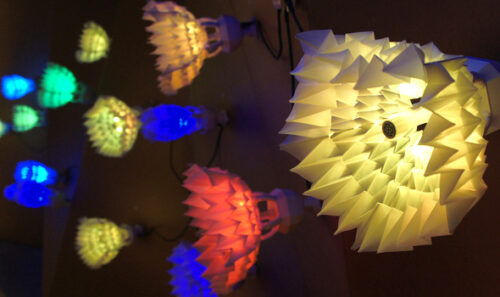
Oribotics
Matthew Gardiner (AU)
The “Oribots” change their colour and open up as soon as somebody comes near.
-
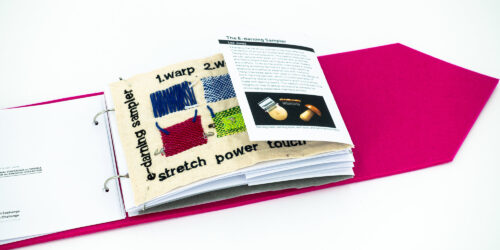
Swatchbook
Irene Posch, et al.
What is quality workmanship? It is knowledge of materials that comes from time spent in conversation with them.
